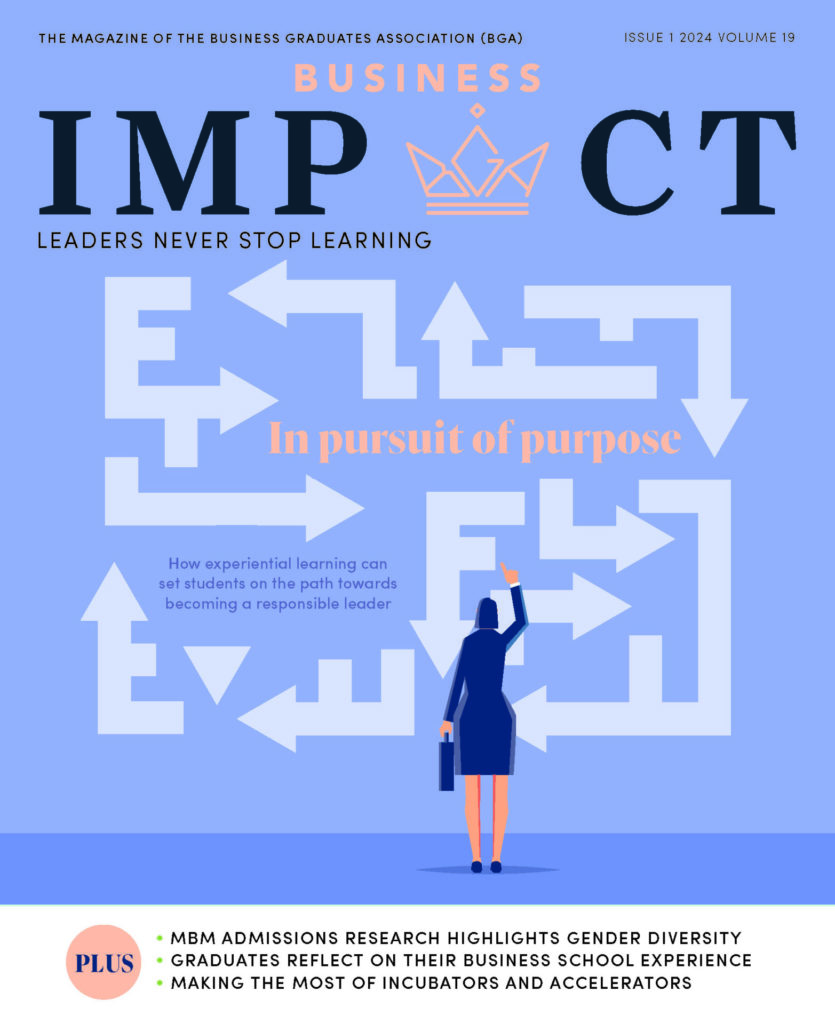Companies which generate value from their sustainability programmes also have a significantly higher incorporation of sustainability in their corporate culture and training, according to the results of a 2021 McKinsey survey. With that in mind, this article considers how can companies can use their greatest asset, people, to reach sustainability goals.
While moral responsibility drives sustainability goals, an increasing number of companies are becoming aware that these targets also generate business value. The majority of sustainable changes made by companies, such as reducing waste, simultaneously benefit the planet and the business’ bottom line.
In addition, companies which are making efforts to become more sustainable are better perceived by their stakeholders. Being an environmentally responsible company can attract more investors and appeal to potential employees. Plus, more and more customers select brands and products based on their sustainability credentials. In fact, a 2021 survey by Deloitte found that 28% of consumers have stopped buying certain products due to ethical or environmental concerns.
Company-wide co-operation
However, progressing towards sustainable targets successfully and realising the associated business benefits requires company-wide participation. It’s important that employees from all levels get involved, as everyone has a responsibility to contribute towards sustainability, and small achievements over time create great change.
While each organisational change makes a difference, progressing towards sustainability also requires an adjustment in company ethos and mentality. The company I work for – the global engineering group, Sandvik – therefore refers to progressing towards its sustainability goals as ‘making the sustainability shift’ to represent the change in mindset and routine required.
The key to getting employees engaged in sustainability is to relate it back to something that is important to them, such as how it will benefit their work and relationship with customers. For example, managers can explain to sales engineers that, if they create more sustainable products, they will be more attractive to customers and generate greater sales. In fact, a 2020 HSBC report found that more than three quarters of firms expect sales to grow because of an increased focus on sustainability.
It’s important that employees are not just told what to do, with no involvement or reasoning. Getting employees interested in sustainability also means engaging them in developing proposed changes, policies and solutions. Collaboration is important, as well as taking the time to listen to employees’ ideas and providing the relevant training.
A dedicated platform for engagement with sustainability
This year, Sandvik has launched a platform designed to allow employees to access, exchange and evolve ideas that boost sustainable business. The Ideas Hub aims to democratise business sustainability by providing each employee with the equal opportunity to initiate the sustainable projects of tomorrow.
Using it is much like using a social media platform, and provides options for employees to engage and make comments on others’ ideas, as well as to submit their own. Employees also have the opportunity to ask questions or set up challenges. The most creative ideas can be tracked using a digital scoreboard and there are prizes for the best ideas, with one employee awarded an e-bike for developing an idea to use solar collectors to reduce the use of district heating.
The platform has already led to one implemented change of swapping individual waste bins for a centrally located recycling system to create more sustainable waste management.
It’s true what they say – employees are a company’s greatest asset. This is especially true when progressing towards business sustainability, where the innovative solutions needed can often be found within the company’s own workforce.








